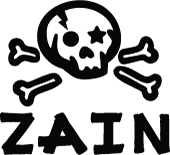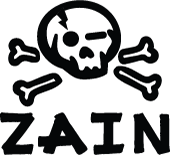The Zero Hunger in Schools Program is an Initiative by the United Nations Association of Australia (NSW Division), Capgemini, and the Local Community Services Association.
The program aims to divert good food and other items from landfill to children and families in need. Through a digital solution called Yum Yum, the program connects donors with local schools and community centres, facilitating arrangements for pick-up or delivery.
Research Mission: To promote the program and engage key stakeholders, including NSW primary and high schools, neighbourhood and community centres, SME businesses, large food charities, the NSW Environmental Protection Authority, and the general public.
Key Aims and Objectives:
1. Design a brand for the Zero Hunger program that appeals to all stakeholders.
2. Develop a social media campaign targeting each of the key stakeholders.
3. Create a slide deck with key messages for each of the key stakeholders.
• Brand Identity
Designed to Ensure Consistent Messaging Across all Platforms, Fostering Recognition and Trust Among Stakeholders.
The branding for the Zero Hunger in Schools Program captures the essence of the initiative, appealing to a diverse range of stakeholders from schools to large food charities. The visual identity is designed to be approachable and impactful, emphasising the program’s mission to reduce hunger and promote responsible consumption.
• Sustainable Development
Addressing SDG 2: Zero Hunger and SDG 12: Responsible Consumption & Production.
By diverting surplus food to those in need, the Zero Hunger program fosters a culture of responsibility and care, creating a ripple effect that benefits communities, the environment, and the economy.
The work done by our students exemplifies how thoughtful design and strategic communication can drive meaningful progress towards achieving these critical global goals.



• Social Media
Leveraging Multiple Platforms to Reach and Engage a Broad Audience, Driving the Program’s Goals.
Our students developed a comprehensive social media campaign designed to engage various stakeholders effectively.
The campaign includes a series of posts, graphics, and videos tailored to resonate with different audiences, ensuring widespread awareness and participation. The strategy focuses on highlighting success stories, sharing updates, and encouraging community involvement.
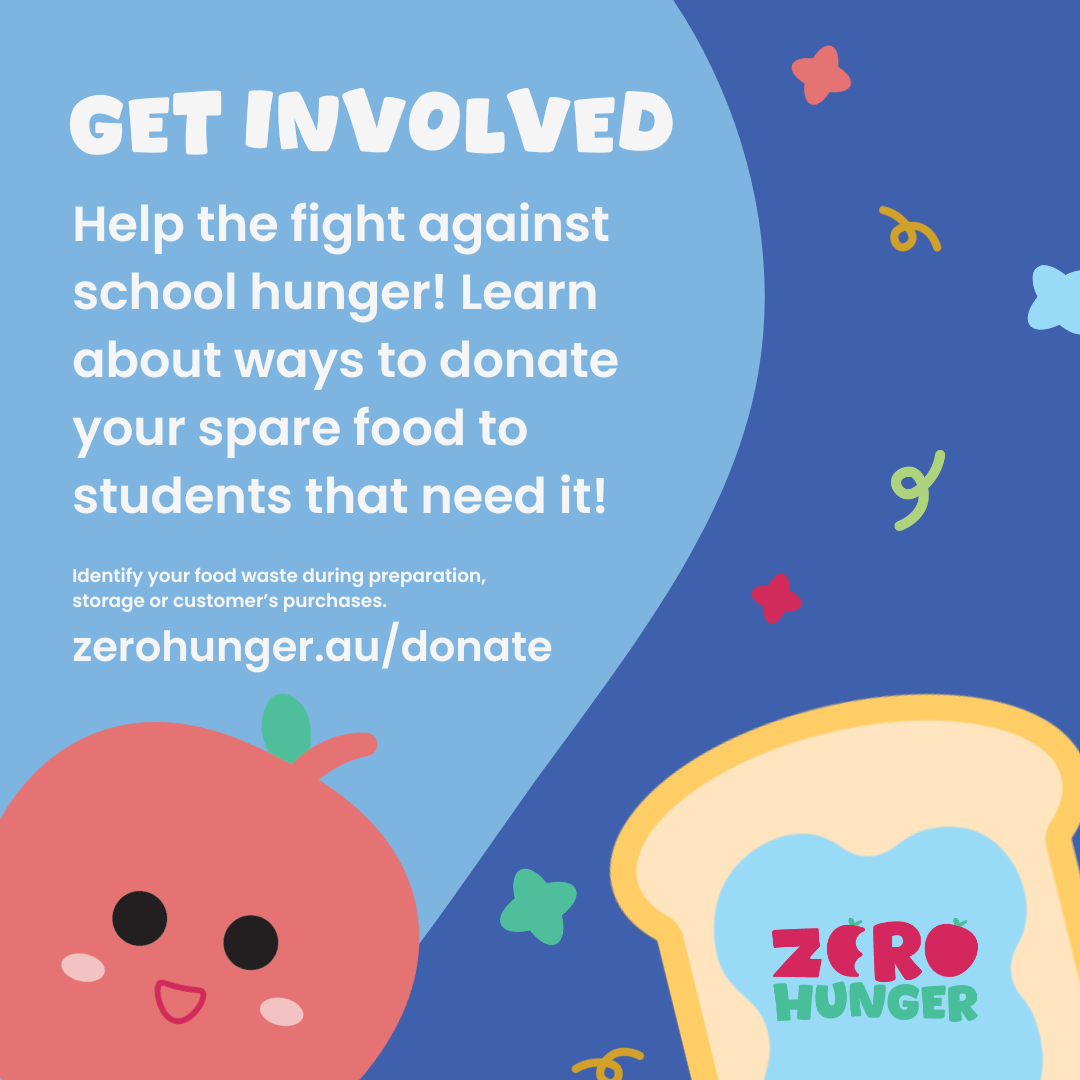


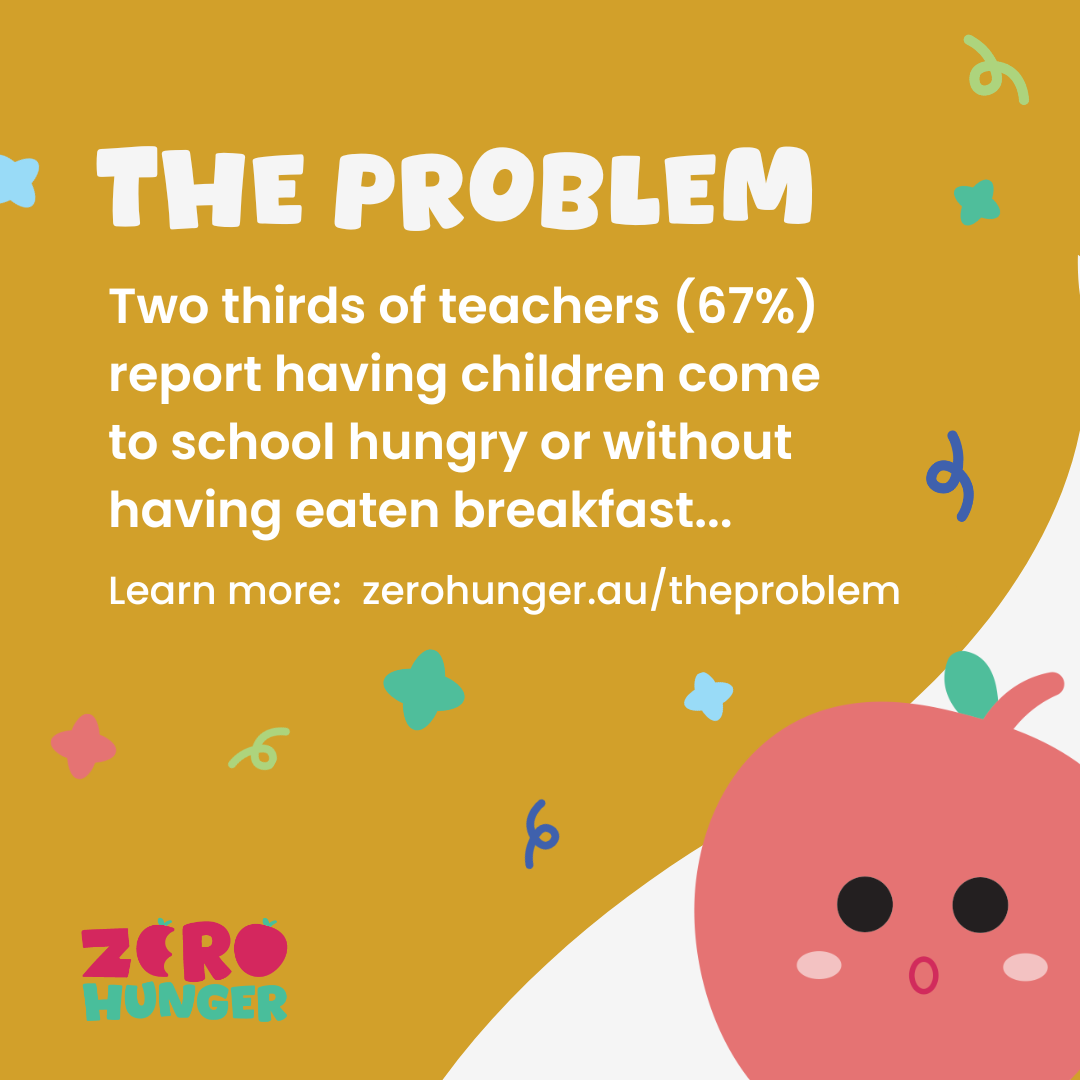
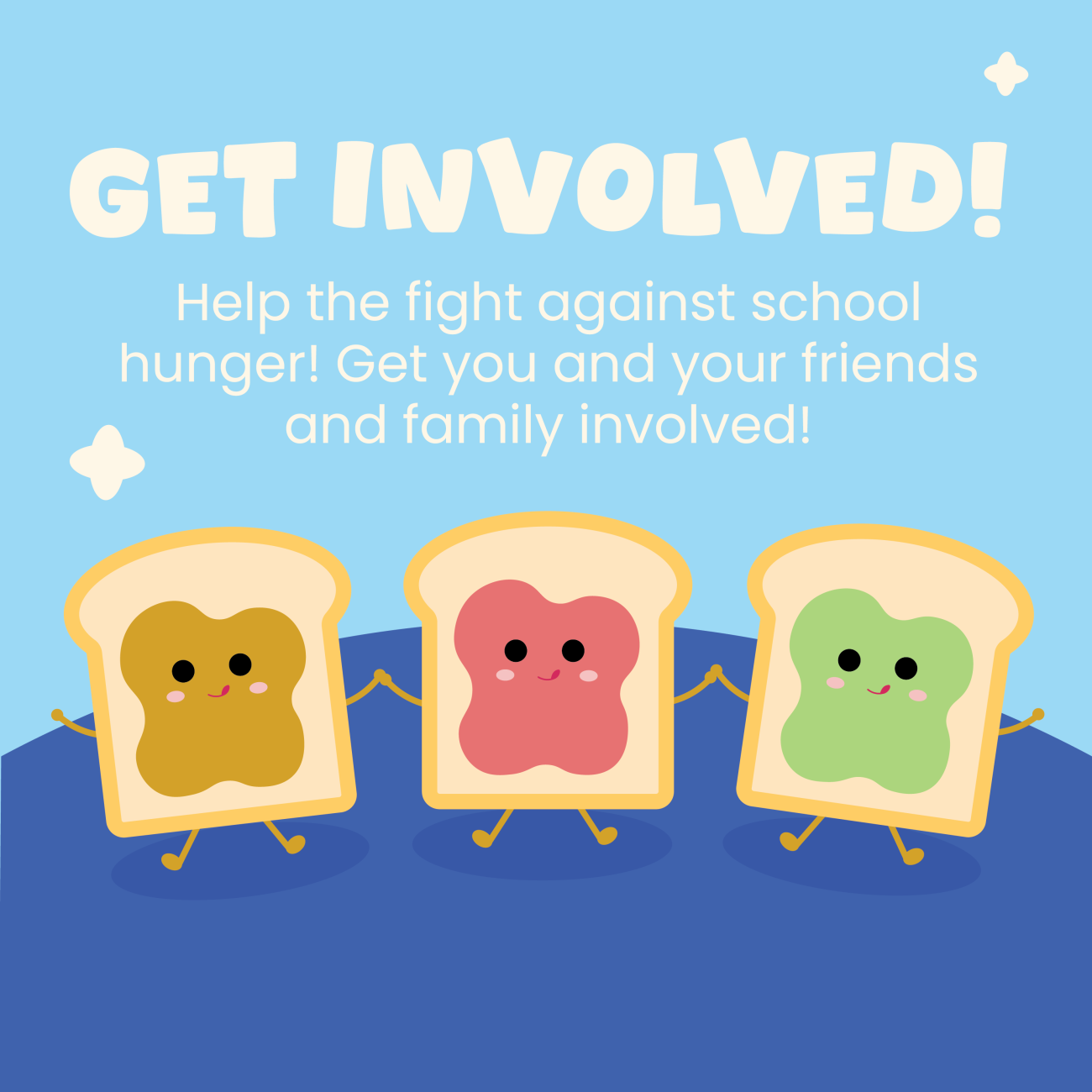
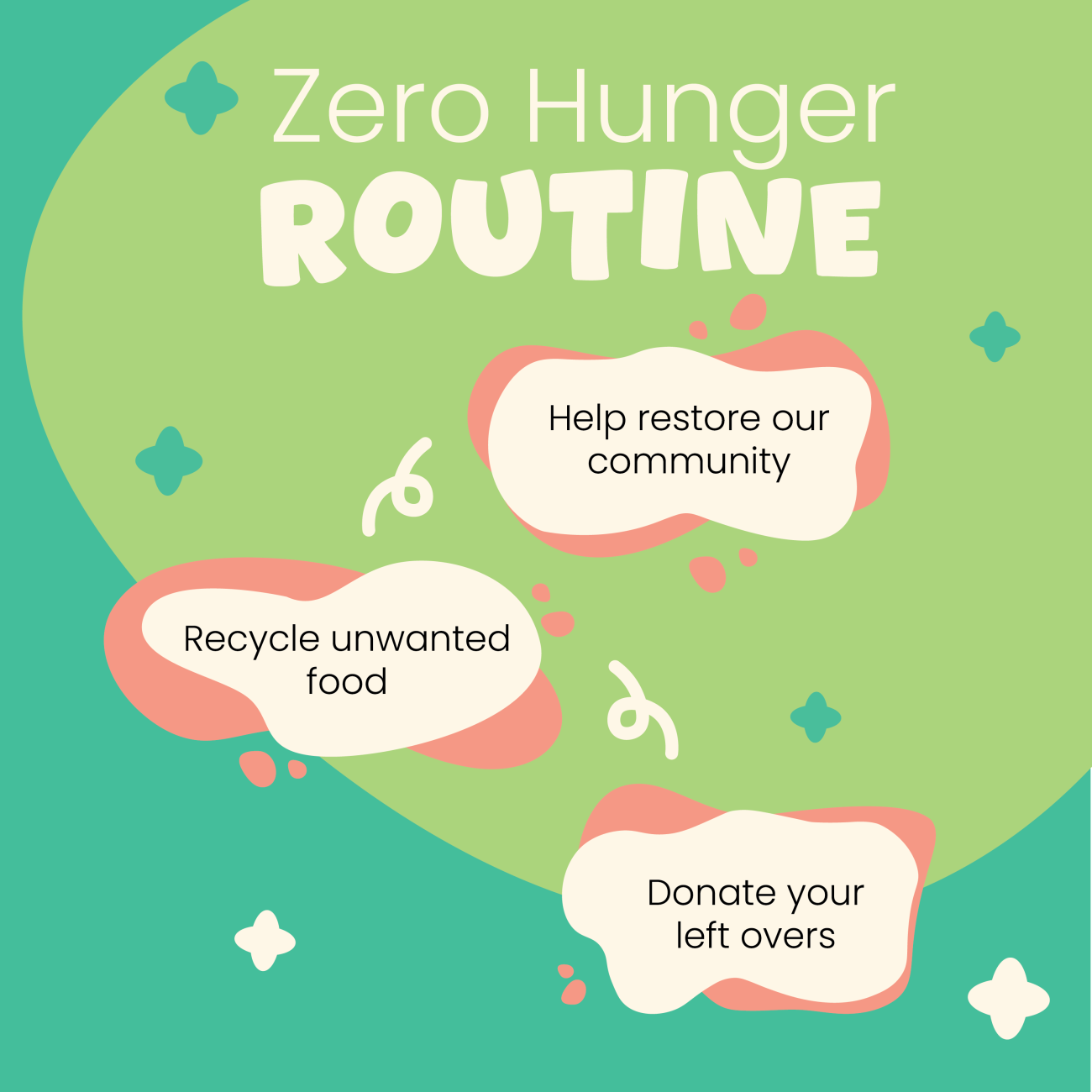
• Eco-Friendly Packaging
Facilitating Donations, Reducing Waste, and Supporting Community.
Designed with sustainable materials, these lunch boxes make it easier for businesses to donate surplus food and ensure that the food is safely and hygienically delivered to children.
To ensure that children from disadvantaged situations do not feel alienated or singled out, the lunch boxes are designed to be appealing and inclusive.
The packaging features vibrant colors and engaging graphics that are universally attractive, so they blend seamlessly with other lunch boxes children might bring from home. This thoughtful design helps maintain the dignity and confidence of the children receiving the food, promoting a sense of belonging and equality.
Services: Branding, Social Media, Animation, Merchandise, Packaging Design
Team: Anna Pham, Julia O’Neile, Jose Teal Meson, Zain Sudario and Dennis²
Team: Anna Pham, Julia O’Neile, Jose Teal Meson, Zain Sudario and Dennis²
